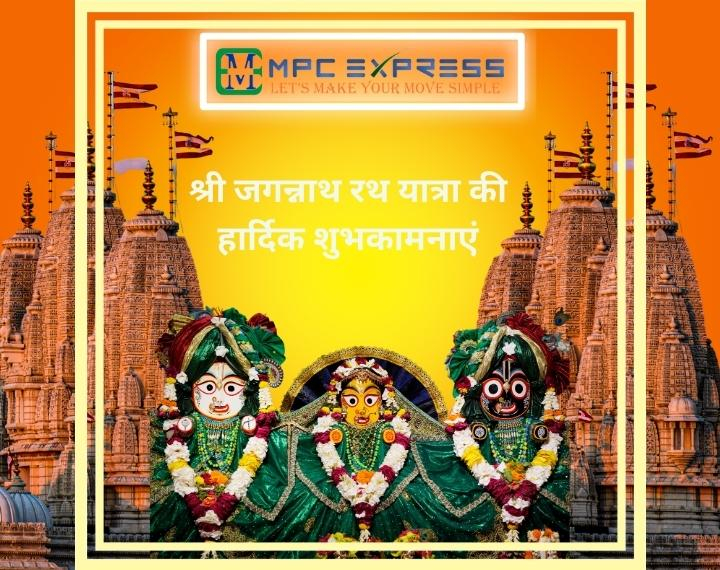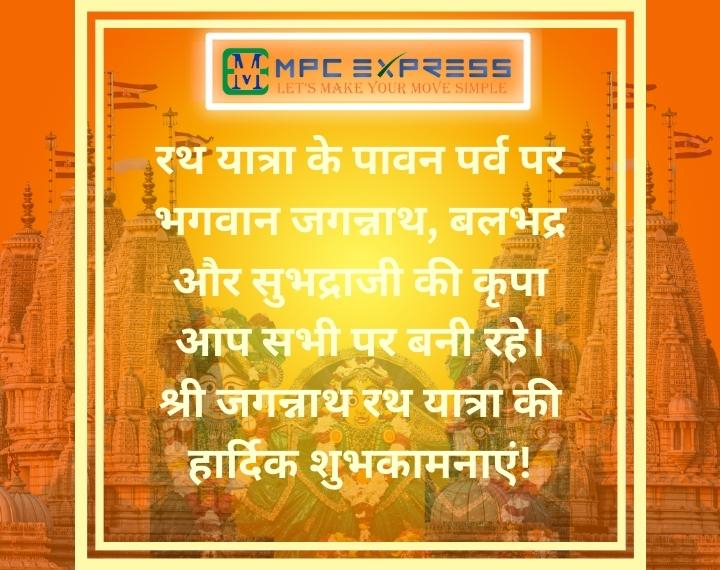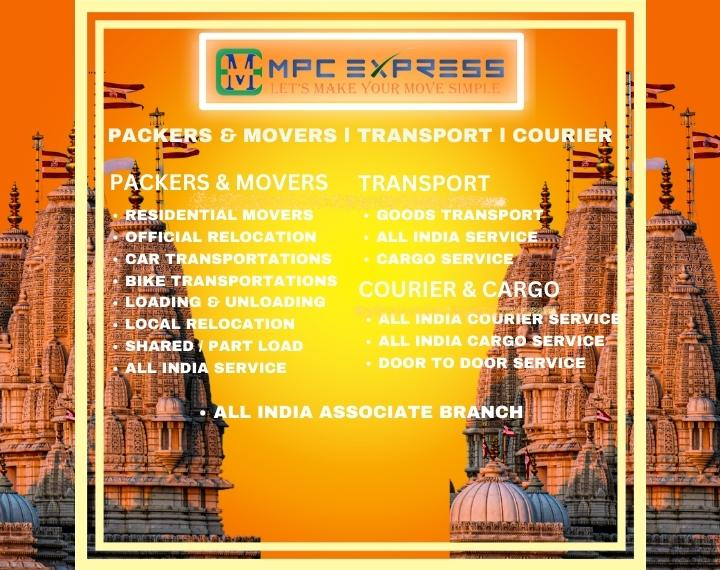I. Introduction
A. What is Rath Yatra?
B. Brief history of Rath Yatra
II. Significance of Rath Yatra
A. Religious significance
B. Cultural significance
III. The Rituals of Rath Yatra
A. Preparations before Rath Yatra
B. The Journey of the Chariots
C. The Bahuda Yatra
D. The Return Journey
IV. Celebrations Across India
A. Rath Yatra in Puri, Odisha
B. Rath Yatra in Kolkata, West Bengal
C. Rath Yatra in Ahmedabad, Gujarat
V. The Impact of COVID-19 on Rath Yatra
A. Cancellation of Rath Yatra in 2020
B. Precautions taken for Rath Yatra in 2021
VI. Conclusion
A. The essence of Rath Yatra
B. The celebration of diversity
Rath Yatra : A Celebration of Diversity
Rath Yatra, also known as the Festival of Chariots, is one of the most significant festivals in Hinduism. It is celebrated with great zeal and enthusiasm across India and other parts of the world. In this article, we will delve deeper into the history, significance, rituals, and celebrations of Rath Yatra.
What is Rath Yatra?
Rath Yatra is a Hindu festival that commemorates the annual journey of Lord Jagannath, his brother Balabhadra, and his sister Subhadra from Puri temple, Odisha to the Gundicha Temple, which is located around 3 km away from Puri Temple. The festival is celebrated on the second day of the Shukla Paksha (waxing phase of the moon) in the Hindu month of Ashadha (June-July).

Brief History of Rath Yatra
Rath Yatra was initiated by King Anantavarman Chodaganga Deva, on 12th century. According to legend, Lord Jagannath wanted to visit his birthplace every year, which led to the inception of the Rath Yatra festival.
Significance of Rath Yatra
Religious Significance
Rath Yatra holds immense religious significance for Hindus, as it is believed that those who participate in the festival are blessed by Lord Jagannath and attain salvation. The festival is also an embodiment of the Hindu philosophy of unity in diversity, as people from all castes, creeds, and religions come together to celebrate it.
Cultural Significance
Rath Yatra is not just a religious festival but also a cultural extravaganza. It showcases the rich cultural heritage of India through music, dance, and other art forms. The festival is also an opportunity for people to express their devotion and love for Lord Jagannath.

The Rituals of Rath Yatra
Preparations before Rath Yatra
The preparations for Rath Yatra begin weeks in advance. The chariots are constructed with great care, and the deities are dressed in new clothes and adorned with jewelry. On the day of the festival, the chariots are pulled by thousands of devotees.
The Journey of the Chariots
The journey of the three chariots begins from the Jagannath Temple in Puri. All three holy chariots of Lord Jagannath, Balabhadra, and Subhadra are pulled to the Gundicha Temple, where they stay for nine days.
The Bahuda Yatra
On the ninth day, the deities are taken back to the Jagannath Temple in a procession known as the Bahuda Yatra. The chariots are pulled in reverse.
The Return Journey
After the Bahuda Yatra, the deities are kept in the Gundicha Temple for one day. The following day, they are taken back to the Jagannath Temple in a procession known as the Suna Besha, where they are adorned with gold ornaments.

Celebrations Across India
Apart from Puri, Rath Yatra is celebrated with great enthusiasm in other parts of India as well. Let’s take a look at how Rath Yatra is celebrated in some of the other states of India:
Rath Yatra in Kolkata, West Bengal
The Rath Yatra in Kolkata is also known as the “Ulta Rath” or “Reverse Chariot.” The festival is celebrated in a grand manner, with the chariots being pulled by devotees in reverse. The Rath Yatra in Kolkata has been celebrated for over 150 years.
Rath Yatra in Ahmedabad, Gujarat
The Rath Yatra in Ahmedabad is one of the oldest and most significant Rath Yatra festivals in India. Which is celebrated with great enthusiasm, and the chariots are pulled through the narrow streets of the old city.
The Impact of COVID-19 on Rath Yatra
The COVID-19 pandemic had a significant impact on the celebration of Rath Yatra in 2020. The Rath Yatra in Puri was canceled for the first time in history due to the pandemic. However, in 2021, the Rath Yatra was celebrated in a restricted manner, with only a limited number of devotees being allowed to participate.

Conclusion
Rath Yatra is not just a religious festival but also a celebration of diversity. The festival brings people from all walks of life together and showcases the rich cultural heritage of India. The impact of COVID-19 on the festival has been significant, but people have adapted to the new normal and celebrated the festival in a restricted manner.
FAQs
Why is Rath Yatra celebrated?
Rath Yatra is celebrated for the annual journey of Lord Jagannath with brother Balabhadra and sister Subhadra from their temple in Puri to the Gundicha Temple.
Where is Rath Yatra celebrated?
Rath Yatra is primarily celebrated in Puri, Odisha. However, it is also celebrated in other states of India, such as Kolkata, Asansol, Durgapur and Ahmedabad.
How is Rath Yatra celebrated?
Rath Yatra is celebrated by pulling the chariots of Lord Jagannath, Balabhadra, and Subhadra to the Gundicha Temple and back to the Jagannath Temple in a grand procession.
What is the significance of Rath Yatra?
Rath Yatra holds immense religious and cultural significance for Hindus. It is an embodiment of the Hindu philosophy of unity in diversity.
How has COVID-19 impacted Rath Yatra?
The COVID-19 pandemic had a significant impact on the celebration of Rath Yatra in 2020. The Rath Yatra in Puri was canceled for the first time in history due to the pandemic. However, in 2021, the Rath Yatra was celebrated in a restricted manner.

